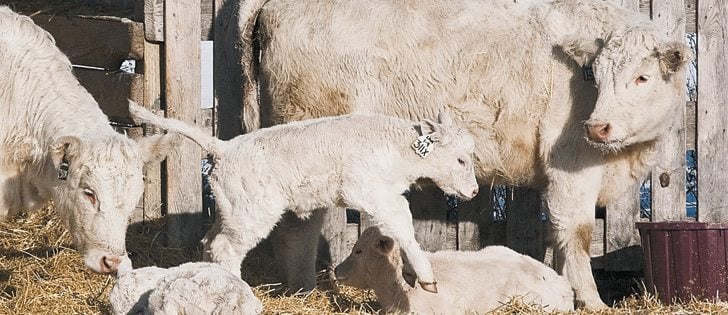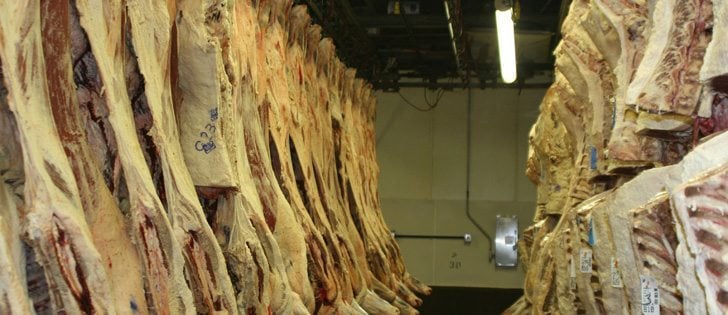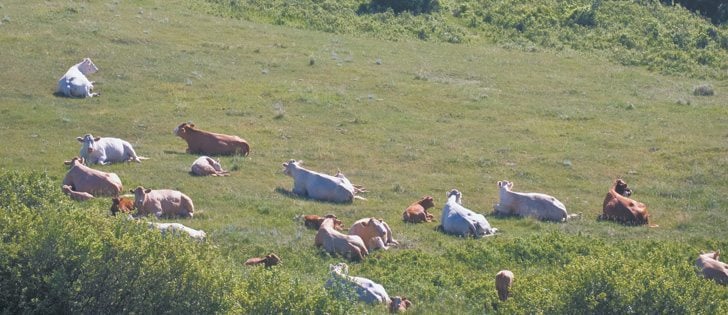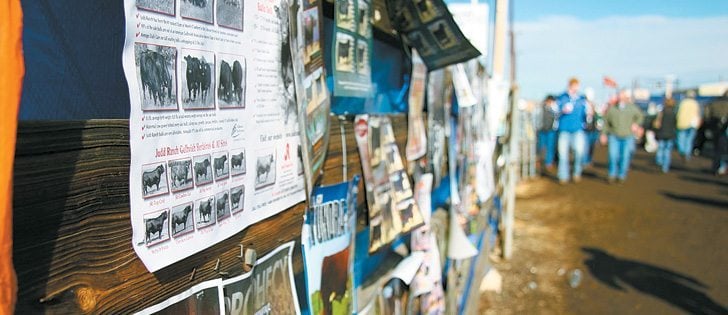Grazing records? Who keeps grazing records?
Cattle producers keep that information in their heads, says a forage, grazing and beef specialist with Alberta Agriculture, but it might be a good idea to write it down.
Grant Lastiwka said this is a good time to make a grazing plan for spring, summer and fall. Producers may want to rent more pasture, convert land to forage or take it out of forage, depending on their cattle numbers and situation.
All those things require planning.
In addition, Lastiwka noted that dry conditions across much of the Prairies last fall resulted in plants entering dormancy sooner, which could delay spring emergence.
Read Also

Charges laid after cattle theft
Saskatchewan RCMP lay two charges against a man after six cattle went missing.
“Those plants go through the winter and you know that those plants are going to be a little slower to start in the spring because of the dry conditions we had this fall.”
That will affect spring grazing plans, especially if dry conditions and scant snowfall persist. Producers should prepare to adjust accordingly, Lastiwka said.
Most prairie regions had good hay yields last year, which might allow producers to carry cattle longer on feed before turning them out to pasture this spring.
However, Lastiwka said care must be taken there as well. Poor haying weather affected the quality of forage so it may not provide sufficient nutrition to livestock unless supplemented.
Planning also requires thinking about carrying capacity of available pasture, calculated by multiplying grazing days by number of animals.
Lastiwka recommended asking the following questions:
- is the pasture in good condition?
- is moisture or fertility the same?
- was previous cattle condition and gain satisfactory?
- is the turnout date earlier or later than last year?
- do you want to graze longer?
- what might be done differently?
With or without written records, producers need to know the pasture size, how long it will be grazed and the size of cows and calves that will be grazing.
With those figures, they can calculate carrying capacity of their pastures. A mixed pasture in fair condition, left to grow all year, would grow to about 10 inches tall.
“An educated guess would be 250 pounds of dry matter per acre per inch of height, giving a yield of 2,500 lb.,” said Lastiwka in a news release.
The aim in continuous grazing is to use 50 percent of that growth.
Cattle on average consume about 2.5 percent of their body weight per day.

















